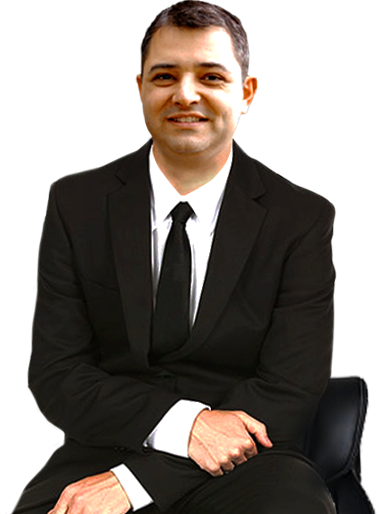HALLUX RIGIDUS – Cheilectomy (spur removal)
Pain and swelling at the base of the big toe is frequently caused by osteoarthritis of the 1st (big toe) metatarso-phalangeal joint. It results in pain, spurs and progressive restriction of movement. The cause is unfortunately unknown in most cases. The treatment is aimed at relieving pain. If non-operative means such as anti-inflammatories, accommodative footwear or orthoses fail to control symptoms surgery may be indicated.
The Surgery
Cheilectomy is indicated for mild to moderate disease when the symptoms are predominantly caused by the spur on top of the joint. It aims to remove the impinging spurs and preserve motion in the joint. The pain is better than before surgery in most patients. It does not remove or cure the underlying disease and you may need further surgery in the future if the symptoms persist or return. You will have a general anaesthetic and local anaesthetic. An incision is made over the big-toe. The joint is inspected and any loose fragments are removed. Using a small saw or a surgical burr the spurs are removed. The range of movement of the joint is inspected before the skin is closed and a dressing is applied.
Post-Operatively
You can walk on the foot with a surgical shoe/sandal as soon as you are awake. You are allowed to walk normally. Crutches are not usually needed. You will however need to keep the foot elevated as often as possible, this is to control swelling and pain in the first few weeks. You may need to take medication to control pain. You should keep the bandages dry and clean until your first post-operative clinic visit.
- Activity
- Timeframe (approximate)
- Walk with surgical shoe/sandal
- 2 wks
- Walking in wide shoes
- 2-4 wks
- Most activities and shoes
- 3 mts
- Full Recovery
- Up to 6 mts
- Type of Work
- Time off
- Sitting
- 2 weeks
- Standing
- 4 weeks
- Driving (Right foot)
- 2 weeks
- Heavy Work
- 4-6 weeks
Risks of surgery
All surgical procedures carry some risk. The risk of complications with big toe osteotomy is low. Most patients benefit from this surgery. A small number of patients can be made worse. You should weigh up the benefits with the risks prior to electing to have surgery.
This is a list of the most common problems which can occur:
- Failure to relieve pain or transfer of pain to another part of foot or toe
- Swelling – is normal and improves with time, but can occasionally persist past 6 months
- Wound healing problems – increased if smoking, diabetes, poor circulation
- Nerve injury – resulting in numbness or pins and needles, occasionally pain
- Bleeding – usually just visible through the dressing
- Infection – minimised with antibiotics, elevation, keeping the dressing clean and dry
- Pain – which may require strong medication (usually Paracetamol is adequate)
- Progression of disease – the arthritis may progress and require further surgery
These are rarer complications, but they can and do happen:
- Stiffness – occasionally, the joint ‘freezes-up’ after surgery, this can be worse than before surgery
- Complex regional pain syndrome (CRPS) – nerve pain syndrome, risk reduced with Vitamin C 500mg daily for 40 days
- DVT – clot in the deep veins of the leg (increased if smoking, contraceptive pill, hormone replacement or previous history)
- Anaesthetic complications – more likely if there are pre-existing medical disorders
You will need the Adobe Reader to view and print these documents.
![]()









